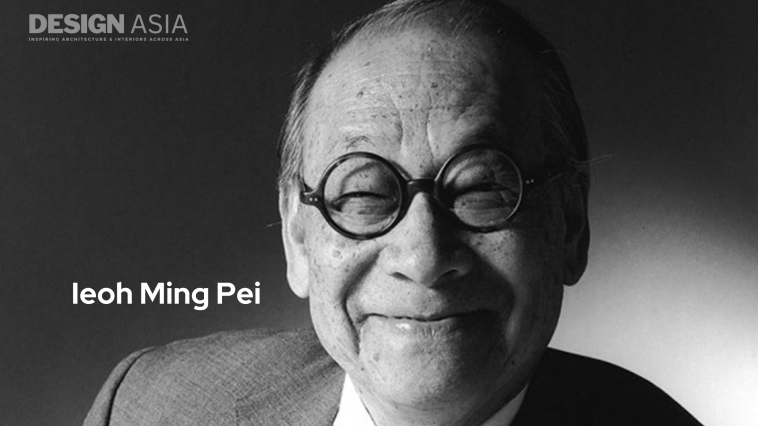Ieoh Ming Pei, a celebrated Asian architect, left an indelible mark on the world of architecture with his innovative designs and iconic structures. Born in Guangzhou, China, and later immigrating to the United States, Pei’s architectural journey took him across continents, blending Eastern and Western influences into his distinct style. In this blog article, we will explore the life, philosophy, and notable works of I.M. Pei, highlighting his significant contributions to the field of architecture.
Early Life and Formative Years
I.M. Pei was born on April 26, 1917, in Guangzhou, China, to a prominent banking family. Growing up in a culturally rich environment, Pei developed a deep appreciation for classical Chinese architecture. He later moved to the United States to pursue his education, studying architecture at the Massachusetts Institute of Technology and subsequently attending the Harvard Graduate School of Design.
Philosophy and Design Approach
Pei’s design philosophy embraced the concept of “architecture as a composition.” He believed that architecture should harmonize with its surroundings while embodying the spirit of its time. His work seamlessly combined elements of modernism, functionality, and cultural context. Pei sought to create spaces that evoked emotions, inspired awe, and provided practical solutions.
Notable Works
- National Center for Atmospheric Research (NCAR) – Boulder, Colorado, USA: Completed in 1967, this striking building showcases Pei’s mastery of geometric forms and innovative use of materials. The design harmonizes with the natural surroundings, blending into the Rocky Mountains while providing a functional research facility.
- John F. Kennedy Presidential Library and Museum – Boston, Massachusetts, USA: Pei’s design for this iconic structure combines a sense of solemnity and grace. The building’s stark white geometric form rises majestically from the waterfront, reflecting the character and legacy of President Kennedy.
- Bank of China Tower – Hong Kong: Completed in 1990, this skyscraper stands as one of Pei’s most recognizable works. Its triangular shape and innovative structural engineering reflect a modernist approach, symbolizing the progressive spirit of Hong Kong.
- Louvre Pyramid – Paris, France: Pei’s most renowned work, the Louvre Pyramid, is a stunning example of his ability to blend modern design with historical context. Completed in 1989, the glass pyramid serves as the main entrance to the Louvre Museum, seamlessly connecting the past and present.
- Suzhou Museum – Suzhou, China: Designed as a tribute to his Chinese heritage, Pei’s Suzhou Museum showcases his deep understanding of classical Chinese architecture. The building’s layout, courtyards, and water features pay homage to the traditional gardens of Suzhou while incorporating modern elements.
Legacy and Influence
I.M. Pei’s contributions to architecture earned him numerous accolades and recognition, including the Pritzker Architecture Prize in 1983, one of the highest honors in the field. His innovative designs continue to inspire architects and shape the urban landscapes of Asia and beyond. Pei’s ability to blend cultural sensitivity with modernist principles created a lasting legacy, reflecting his unwavering dedication to the craft and his pursuit of architectural excellence.
Ieoh Ming Pei, with his visionary approach and masterful designs, became a transformative force in the world of architecture. His ability to blend Eastern and Western influences, coupled with his commitment to functionality and context, produced structures that captivate and inspire. From the


